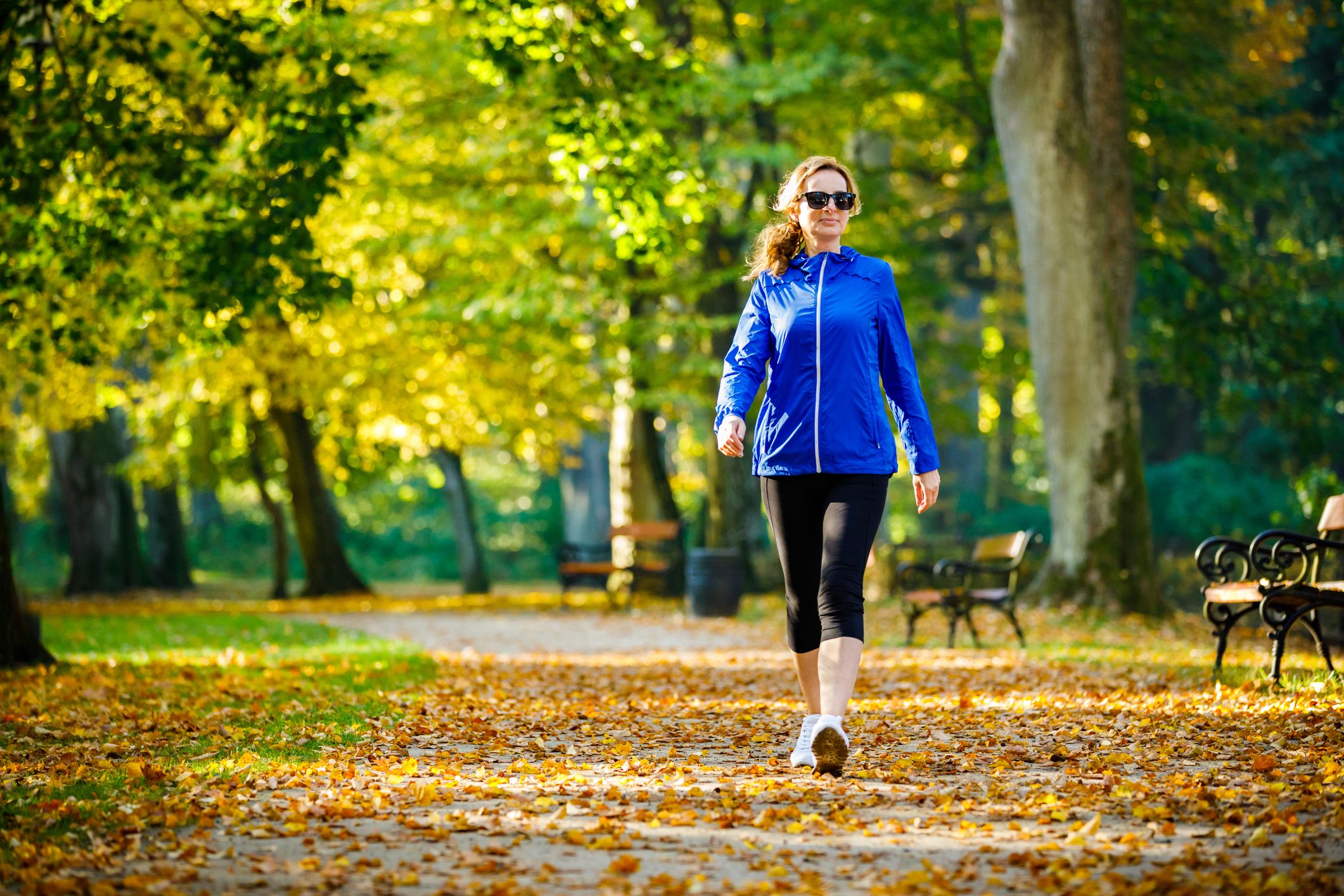If you're feeling tired, the furthest—and most counterintuitive—thing on your mind is likely exercise. After all, how can you possibly get up the energy to exercise if you're exhausted?
But exercise could be the key to fighting fatigue.
I can personally attest to its power. Just yesterday, I felt sapped by exhaustion in the middle of the day (despite downing a cup of coffee, hoping it would perk me up)—so tired that I kept contemplating a midday nap. "Listen to your body," one voice in my head whispered. "Don't give in!" insisted the other voice.
I was tempted not to overthink it, but instead did what I do best: I overthought it.
I should really exercise instead of a nap, I assured myself. This way, I get a double whammy; the cardiovascular and muscular benefits of a workout, plus the extra energy my body craves.
Who needs to nap for energy when instead we can exercise for it?
So, instead of jumping into bed, I jumped onto my at-home stationary bike and went for a spin and guess what? Forty-five minutes later I was a sweaty mess, but I was an energetic and clear-headed sweaty mess, bypassing my bed for a shower instead.
It's not just me. Exercise is a pretty good bet for many of us tired beings. Research bears this out. According to experts, low-intensity exercise can reduce symptoms of fatigue by 65 percent. This is particularly true if you're sedentary, they say. When they studied people who had persistent fatigue without a medical condition—about 25 percent of the general population—the researchers found that those who did low- to moderate-intensity exercise had a 20 percent increase in energy levels compared to those who did not exercise.
The research team said their findings suggest that exercise "acts directly on the central nervous system to increase energy and reduce fatigue."
If you're having trouble getting started, check out these 5 Easy Ways to Find the Motivation to Exercise.
By the way, you need not go all out to gain the fatigue-busting benefits of exercise: In the group of volunteers that was tested, those doing lower-intensity exercise (like easy, leisurely walking) benefitted more than those doing moderate-intensity exercise (like a fast-paced walk up a hill).
Learn more about Why Walking Is Good for Your Health.
Of course, exercise for fatigue is not for everyone, nor is it the only answer. Sometimes a nap is in order, and you need not feel guilty about needing one. A good nap helps you relax and recharge. It increases your alertness, improves your mood, your reaction time and your performance, in addition to reducing fatigue. And if you get cranky from being tired (who doesn't?), a good nap can boost your mood.
Read 5 Easy Ways to Bust Menopause Fatigue.
But napping does have its drawbacks if not done right.
Some people suffer from sleep inertia—waking up groggy or disoriented. Others might not be able to fall asleep once bedtime hits.
Knowing how to nap right can help:
Limit your naps to 10 to 20 minutes.
Take naps early in the afternoon; optimal time is between 1 and 3 p.m., which is usually after lunchtime, when your blood sugar and energy levels are often lower.
Nap in a dark, quiet place with a comfortable room temperature and no distractions.
Give yourself a few minutes after waking from a nap before resuming your activities.
Check out the Fatigue Severity Scale.


